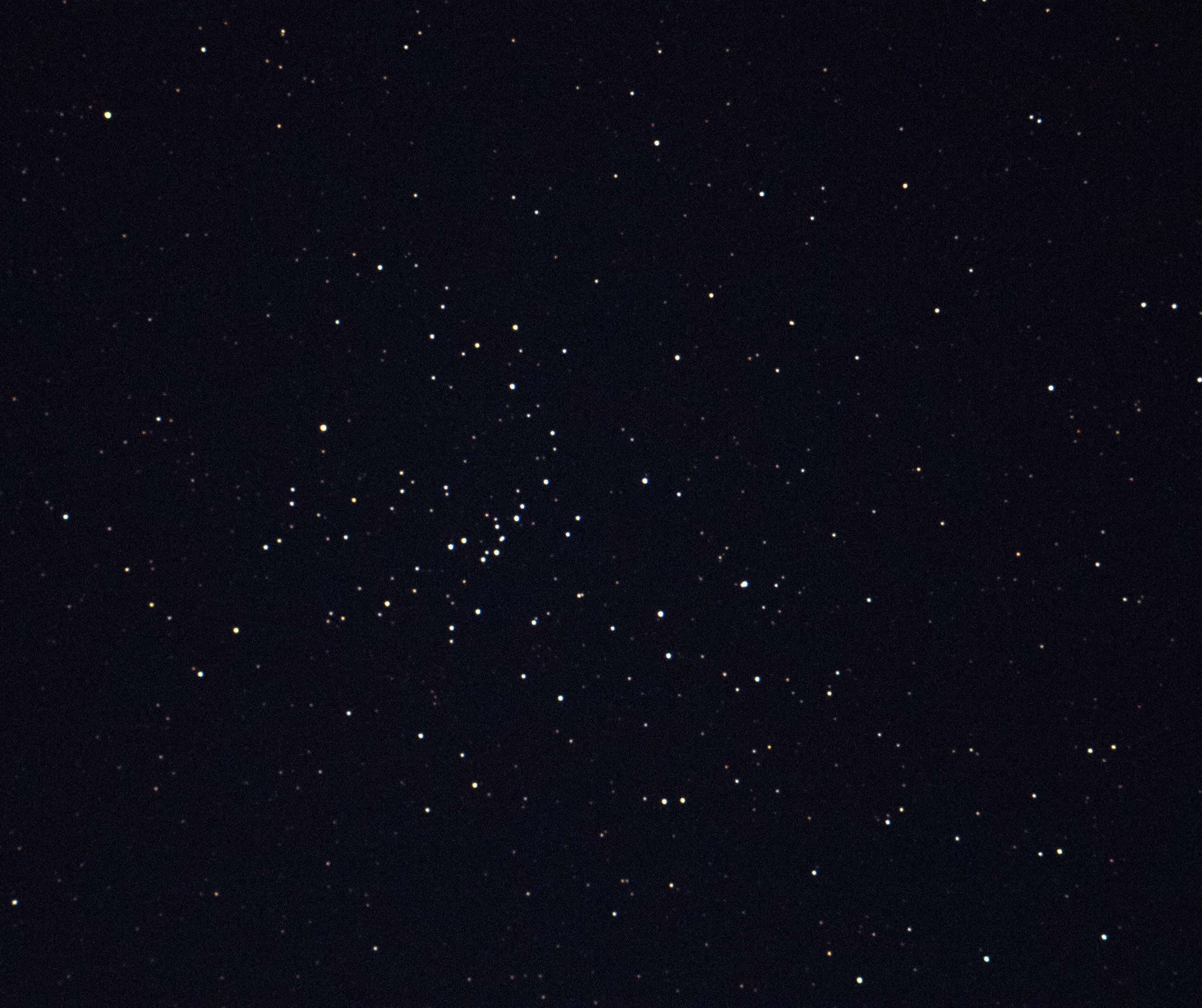
M48
M48
M48 or Messier 48, also known as NGC 2548, is an open cluster of stars in the equatorial constellation of Hydra. It sits near Hydra’s westernmost limit with Monoceros, about 18° 34′ to the east and slightly south of Hydra’s brightest star, Alphard. This grouping was discovered by Charles Messier in 1771, but there is no cluster precisely where Messier indicated; he made an error, as he did with M47. The value that he gave for the right ascension matches, however, his declination is off by five degrees. Credit for discovery is sometimes given instead to Caroline Herschel in 1783. Her nephew John Herschel described it as, “a superb cluster which fills the whole field; stars of 9th and 10th to the 13th magnitude – and none below, but the whole ground of the sky on which it stands is singularly dotted over with infinitely minute points”.
Thank you for reading this post, don't forget to subscribe!
M48 is visible to the naked eye under good atmospheric conditions. The brightest member is the star HIP 40348 at visual magnitude 8.3. The cluster is located some 2,500 light-years from the Sun. The age estimated from isochrones is 400±100 Myr, while gyrochronology age estimate is 450±50 Myr – in good agreement. This makes it intermediate in age between the Pleiades, at around 100 Myr, and the Hyades, at about 650 Myr. The metallicity of the cluster, based on the abundance of iron (Fe), is [Fe/H] = −0.063±0.007 dex, where −1 would be ten times lower than in the Sun. It is more metal-poor than the Pleiades, Hyades, and Praesepe clusters.
M48 is also part of the Herschel Catalog
Notes
| Observation Log Information | |
|---|---|
| Log Index: | 810 |
| Session: | 213 |
| Date: | 2013-05-03 |
| Equipment: | 110mmDoublet EP APO – PF Canon 60D |
| Location: | ABWCO |
Keywords:M48, Messier, Hydra, open cluster